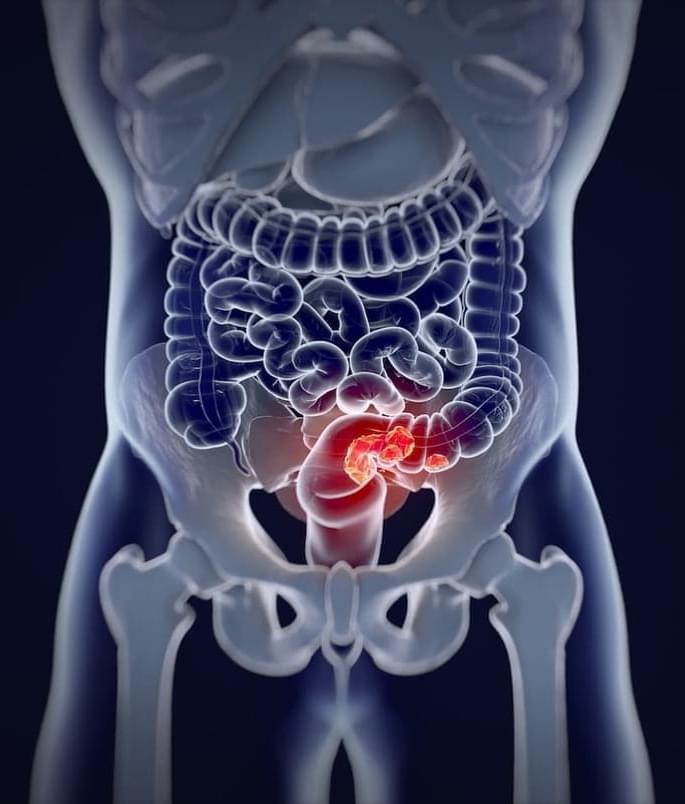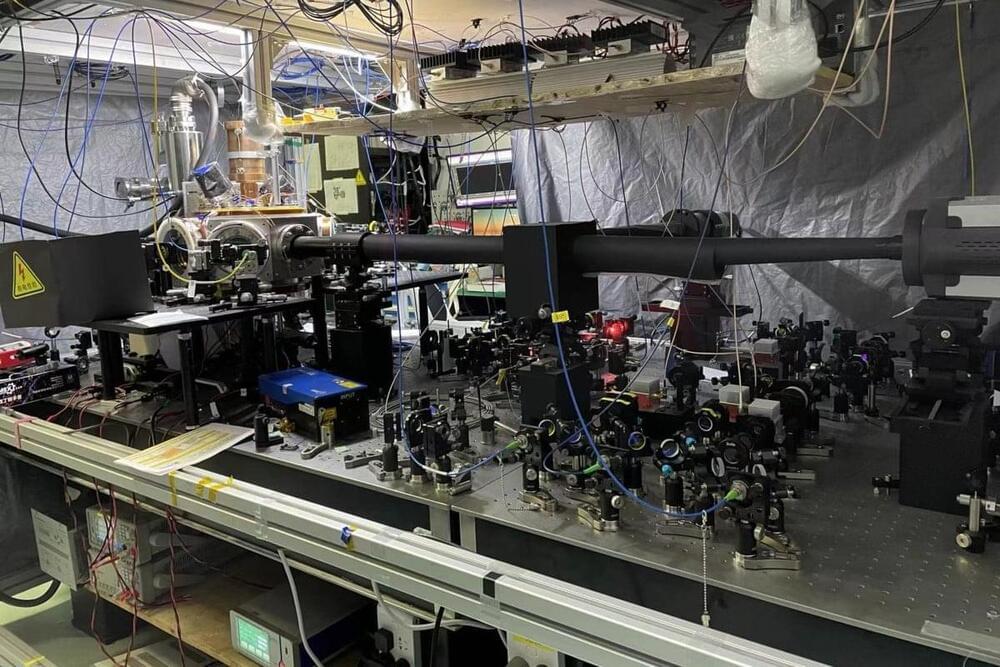New long-term agreement will help provide responsive access to space for future tech demonstration spacecraft
Cedar Park, Texas, June 5, 2024 – Firefly Aerospace, Inc., an end-to-end space transportation company, today announced it signed a multi-launch agreement with Lockheed Martin for 25 launches on Firefly’s Alpha rocket through 2029. This agreement commits Lockheed Martin to 15 launch reservations and 10 optional launches.
“Firefly is honored to continue this partnership with Lockheed Martin and appreciates their confidence in our rapid launch services to support their critical missions for years to come,” said Bill Weber, CEO of Firefly Aerospace. “The Firefly team has scaled up Alpha production and testing and significantly streamlined our launch operations to fly Alpha more frequently and responsively. This allows us to continue delivering the one metric ton rocket the industry is demanding.”





